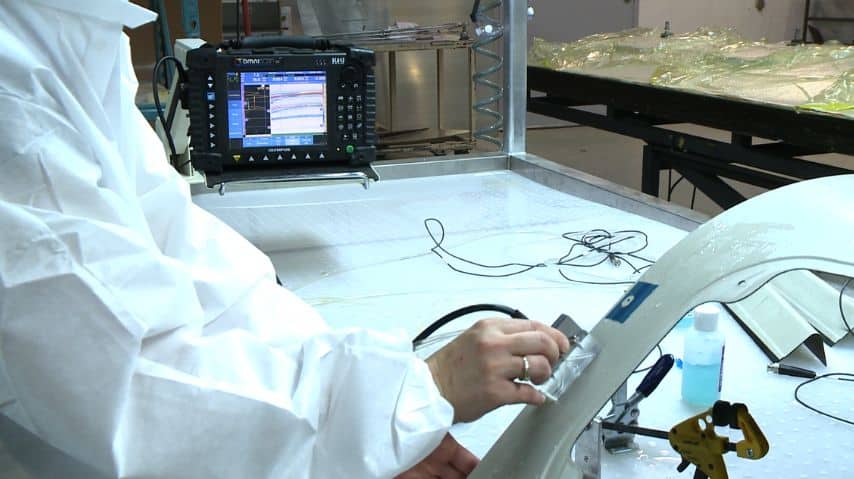In the realm of technology and quality assurance, one of the most persistent challenges faced by industry QA professionals is the occurrence of false positives. These are instances where an error or defect is reported, but upon further investigation, no actual issue exists. This can lead to unnecessary troubleshooting, wasted resources, and delayed project timelines. One potential solution that has been gaining attention is the concept of synchronization. But can synchronization reduce false positives? Let’s delve into this intriguing question.

Understanding False Positives
To tackle the issue of false positives, it’s essential first to understand what they are. In simple terms, a false positive occurs when a system incorrectly identifies a benign entity as malicious or erroneous. This phenomenon is not limited to technology alone but extends to various fields, including medical diagnostics and security systems.
Impact of False Positives
The impact of false positives can be significant. In software testing, for example, they can lead to unnecessary debugging and resource allocation, ultimately delaying the delivery of the product. Furthermore, frequent false positives can erode trust in the testing process, making it difficult for QA teams to prioritize genuine issues.
The Role of Synchronization
Synchronization refers to the process of aligning operations, tasks, or systems to work harmoniously and efficiently. In the context of reducing false positives, synchronization can be applied in several ways, such as synchronizing data inputs, system processes, and communication protocols.
Data Synchronization
One of the key areas where synchronization can make a difference is in data management. By ensuring that data inputs from various sources are synchronized, discrepancies can be minimized. This alignment helps in maintaining consistent and accurate data flow, reducing the chances of false alarms triggered by outdated or mismatched information.
Process Synchronization
Another vital aspect is the synchronization of system processes. By coordinating tasks and operations across different components of a system, it is possible to achieve a more streamlined workflow. This reduces the likelihood of false positives caused by conflicting processes or timing issues.
Technological Innovations in Synchronization
Recent advancements in technology have led to the development of innovative synchronization tools and techniques. These innovations have made it easier for QA professionals to implement synchronization strategies effectively. For more insights into these innovations, you can explore this link.
Quantum Synchronization
One such innovation is quantum synchronization, which leverages the principles of quantum mechanics to enhance synchronization accuracy. By utilizing quantum synchronization, systems can achieve higher precision and reliability, thereby reducing the occurrence of false positives. For a deeper understanding of quantum synchronization, see this resource.
Frequency Analysis
Another technique that complements synchronization is frequency analysis. By analyzing the frequency of specific events or signals, QA teams can better understand patterns and anomalies. This analysis helps in fine-tuning synchronization efforts and reducing false alarms. Learn more about frequency analysis in this article.
Benefits of Reducing False Positives
Reducing false positives through synchronization offers multiple benefits. Primarily, it leads to improved accuracy and efficiency in testing processes. QA teams can focus their efforts on genuine issues, leading to faster resolution times and enhanced product quality.
Cost Efficiency
By minimizing unnecessary resource allocation, organizations can achieve greater cost efficiency. This is particularly important in industries where budget constraints are a constant challenge. Efficient synchronization strategies can lead to substantial savings in time and money.
Enhanced Trust
Another benefit is the restoration of trust in testing processes. When false positives are minimized, stakeholders can have greater confidence in the reliability and accuracy of test results. This trust is crucial for maintaining healthy working relationships and ensuring project success.
Challenges in Implementing Synchronization
While synchronization offers promising solutions to false positives, it is not without challenges. Implementing synchronization strategies requires careful planning and execution. Challenges may include technical complexities, integration issues, and resource constraints.
Technical Challenges
Implementing synchronization technologies often involves dealing with complex technical requirements. Ensuring compatibility with existing systems and infrastructure can be a daunting task. However, with proper planning and expert guidance, these challenges can be overcome.
Resource Allocation
Another challenge is resource allocation. Implementing synchronization strategies requires investment in terms of time, money, and human resources. Organizations must carefully evaluate their capabilities and prioritize efforts to maximize the benefits of synchronization.
Conclusion
In conclusion, can synchronization reduce false positives? The answer lies in the strategic implementation of synchronization techniques. By aligning data inputs, processes, and communication protocols, organizations can significantly reduce the occurrence of false alarms. With advancements in technology and a proactive approach, QA professionals can harness the power of synchronization to enhance accuracy, efficiency, and trust in their testing processes.

FAQs on Synchronization and False Positives
What is a false positive?
A false positive occurs when a system incorrectly identifies a benign entity as malicious or erroneous. It is a common issue faced in various fields, including technology and healthcare.
How does synchronization help in reducing false positives?
Synchronization helps by aligning data inputs, system processes, and communication protocols, minimizing discrepancies that can lead to false alarms.
What challenges are associated with implementing synchronization?
Challenges include technical complexities, integration issues, and resource allocation. Proper planning and expert guidance are essential to overcome these challenges.
This article contains affiliate links. We may earn a commission at no extra cost to you.
